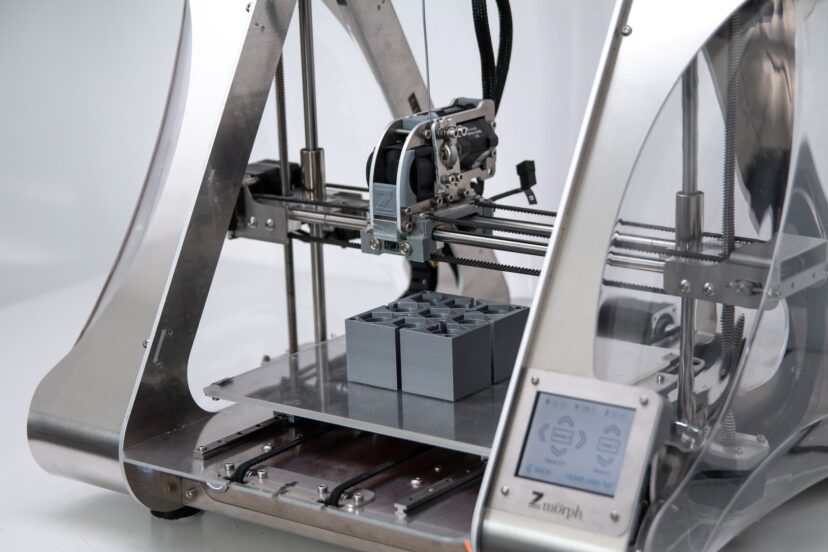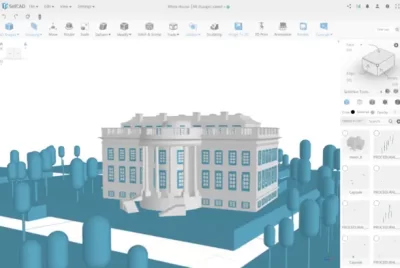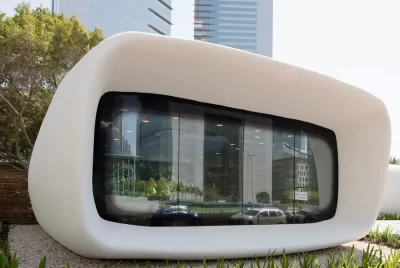Aluminum 3D Printers Buying Guide 2023
The digital age has ushered in myriad technological advancements that have changed how we approach various sectors of our lives. One such revolutionary technology is 3D printing, which has found applications across numerous fields, including medicine, engineering, art, and education. Today, we’re witnessing a monumental leap within the 3D printing landscape—the advent of aluminum 3D printing. This article aims to serve as an elaborate guide for those contemplating an investment in an aluminum 3D printer in 2023, offering an exhaustive understanding of the factors that need careful consideration.
Aluminum 3D Printing – A Primer
In its most basic form, 3D printing or additive manufacturing enables the creation of three-dimensional objects from a digital file. Over time, this technology has evolved to accommodate a wide spectrum of materials, including ceramics, plastics, and an array of metals. Among these materials, aluminum stands out due to its intrinsic properties—lightweight and high strength—that makes it highly sought-after in industries like aerospace, automotive, and robotics.
Aluminum 3D printers work through a mechanism known as Direct Metal Laser Sintering (DMLS). This process selectively heats and fuses together fine particles of aluminum powder, layer by layer, until a solid object takes form. With this technology at the helm, 3D printed aluminum parts can exhibit properties nearly on par with their traditionally manufactured counterparts.
Understanding Your Needs
Buying an aluminum 3D printer should ideally begin with a thorough understanding of your requirements. Several critical questions need to be addressed at this stage:
- What do you intend to use the printer for?
- What level of detail and precision are you aiming to achieve?
- How much capital are you willing to invest in the printer and associated materials?
- How much physical space can you allocate for the printer?
- What is your proficiency level with 3D printers, and how much time can you dedicate to learning and maintenance?
Responding to these questions will help you assess whether a 3d aluminum printer is the right choice for your needs.
Choosing the Right Aluminum 3D Printer
Once you have a rudimentary understanding of aluminum 3D printing and a clear definition of your needs, the next step involves delving into the key factors to consider when purchasing an aluminum 3D printer:
Printer Size and Build Volume: The size of the printer and its build volume determine the maximum dimensions of the object you can print. Your requirements might necessitate a larger, industrial-grade printer or a compact desktop model.
Resolution and Accuracy: These parameters define the level of detail achievable by the printer. In the case of aluminum 3D printing, superior resolution translates to finer layers and more intricate parts. Accuracy pertains to the printer’s ability to precisely reproduce the dimensions of the object as depicted in the digital model.
Print Speed: This is the rate at which the printer can complete a print job. While faster print speeds can enhance productivity, remember that an increase in speed can sometimes compromise print quality.
Material Handling: Given the unique nature of aluminum as a printing material, the printer’s ability to handle it efficiently becomes critical. This includes aspects like powder distribution, waste management, and safety precautions.
Printer Cost and Total Cost of Ownership (TCO): The printer’s initial cost represents just a fraction of the total investment. Other components like consumables (for instance, aluminum powder), electricity, maintenance costs, and potential downtime are part of the TCO and should be factored into your decision.
Manufacturer Support and Warranty: Solid manufacturer support and a comprehensive warranty are invaluable, particularly when dealing with high-tech equipment like aluminum 3D printers.
Top Aluminum 3D Printers in 2023
As of 2023, there are several aluminum 3D printers that have carved a niche for themselves in the industry, including the EOS M 290, the SLM 280 from SLM Solutions, and the Arcam EBM Q20plus from GE Additive. These printers have demonstrated a compelling combination of quality, reliability, and performance, making them formidable choices for 3D printed aluminum.
Maintenance and Care for Your Aluminum 3D Printer
The longevity and performance of your 3d aluminum printer are inextricably linked to the maintenance and care practices you adopt. Beyond just operating the machine, as a user, you have a significant role in preserving its efficiency and reliability. The following guide presents a detailed view of how to care for your aluminum 3D printer.
Regular Cleaning
The process of 3D printing with aluminum invariably results in the accumulation of residual aluminum powder within the printer. Over time, this residue can hamper the performance of your printer and even lead to safety risks if not addressed. Regular cleaning of your printer is, therefore, a non-negotiable requirement.
Depending on the printer’s design and usage, certain areas might need more frequent cleaning than others. These areas typically include the build platform, the recoating blade, and any surfaces that come into contact with the aluminum powder. Always prioritize safety when cleaning. Use appropriate personal protective equipment and ensure the printer is switched off and cooled down.
Calibration
Calibration guarantees that your printer operates within the specified parameters and delivers accurate prints. The printer’s components can wear down over time and with continued use, necessitating recalibration. Environmental factors like temperature, humidity, and long periods of inactivity can also influence calibration.
Periodically check and adjust the print bed leveling, the laser focus and alignment, the thickness of the powder layer, and other settings as required. Bear in mind that while some of these adjustments can be carried out by the user, others might need professional servicing.
Part Replacements
Even with top-notch maintenance and care, certain parts of your aluminum 3D printer will eventually need to be replaced. This is typical for components subjected to extensive use or high wear and tear, such as the recoating blade, the build platform, and the laser unit.
Always procure replacement parts from trustworthy suppliers to ensure they align with the printer’s specifications. In many situations, it’s advisable to have the replacements performed by a certified technician to prevent damage to the printer and preserve your warranty.
Aluminum Powder Handling and Disposal
Safe handling and disposal of aluminum powder is a unique aspect of maintaining an aluminum 3D printer. This material is highly reactive and can pose a health risk if mishandled.
Always use appropriate protective equipment, such as gloves, a lab coat, and a dust mask or respirator, when handling the powder. Ensure that any containers used for storing the powder are airtight and stored in a cool, dry place.
As for disposal, never discard aluminum powder into regular trash as it can react with other substances and cause a substantial fire hazard. Always dispose of the powder in accordance with local regulations or consider available recycling programs.
Maintenance Schedule
Creating a regular maintenance schedule based on the manufacturer’s recommendations and your specific usage patterns is advisable. This schedule should include cleaning, calibration, and periodic part checks. Regular maintenance of 3d print aluminum can help spot potential issues before they escalate into serious problems and ensure that your printer continues to produce high-quality prints.
In conclusion, buying an aluminum 3D printer is a significant undertaking that demands thoughtful consideration. You can read more about 3D printing and its technologies at 3D Printing Hive.




